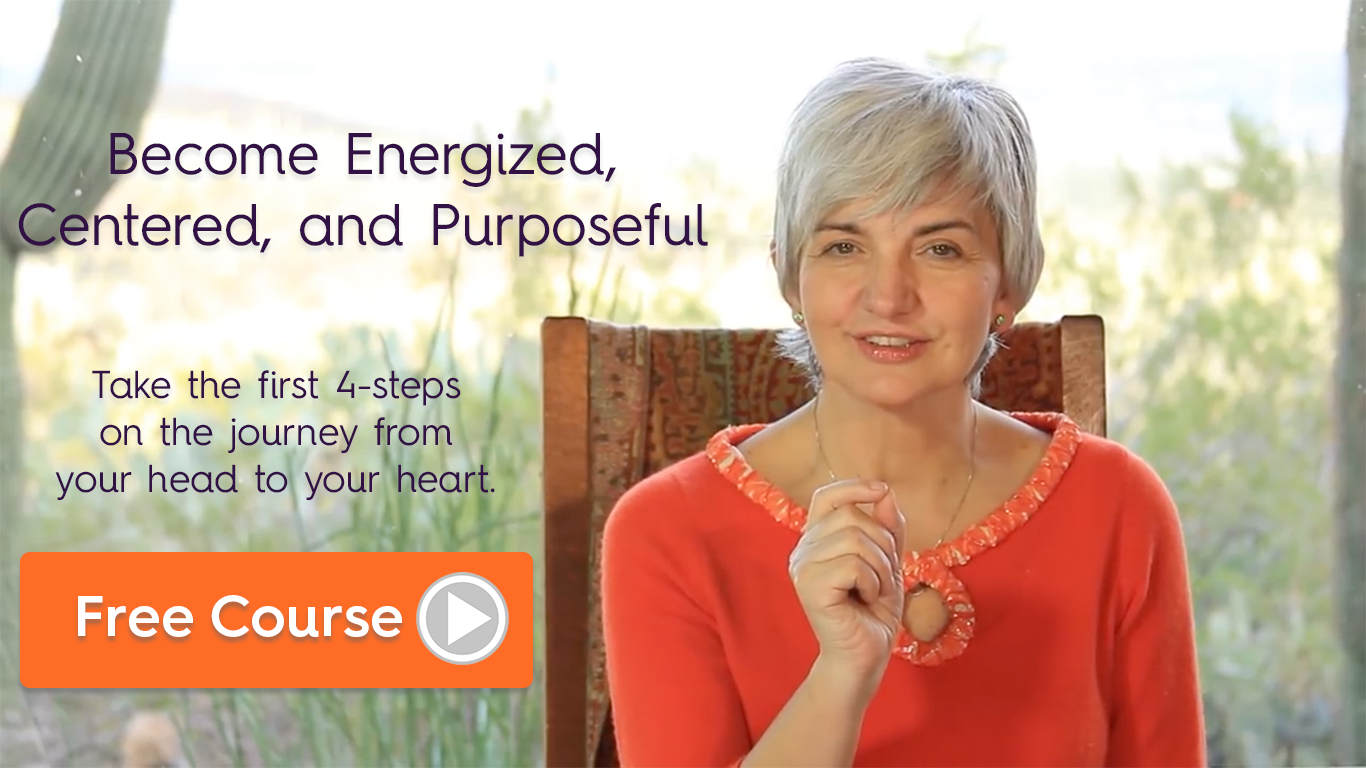MEDITATION FOR STRESS

Stress can be good, if you de-stress
Your body has evolved the ability to respond quickly and efficiently to perceived threats. In our modern lifestyle, actual physical threats are rare, but mental and emotional challenges assault us at every turn, resulting in stress. When we can handle the stress, it acts as a growth stimulant, prompting us to change, to develop new strengths and coping mechanisms. But when stress is chronic, it causes the types of illnesses that have become common in our culture. The problem is not the stress, which can’t be avoided anyway; the problem is in one’s inability to de-stress.
Physical symptoms of stress
Whether you have physical, mental or emotional stress, your body will respond the same way to the perceived emergency:
- Your digestive functions will be reduced, as non-essential, to conserve energy needed to respond to the emergency. Over time this leads to weight gain and gastrointestinal illness.
- Your large muscles will be energized. When sustained, this tension results in muscle aches, back ache, and Restless-Legs syndrome.
- Adrenaline is pumped into the blood stream for extra energy. But at chronic, high levels, adrenaline is a corrosive chemical that damages organs and nerves throughout the body. Furthermore, it is addictive, causing ever more risk-taking and agressive behavior to keep adrenaline flowing.
- Short-term attention is intensified. When sustained, this can lead to a decreased ability to think long-term; everything becomes immediate and urgent, and ordinary stimuli, like the feelings of other people, do not receive attention. These are symptoms of Attention-Deficit Disorder.
- Blood flow is increased by an increase in blood pressure, to deliver more energy to the muscles. Over time, this stress is destructive to the heart and the high blood-pressure contributes to strokes.
- The immune system is put on high alert to speed healing from wounds that may occur during the emergency. When sustained, this leads to autoimmune disorders, e.g. Rheumatoid arthritis, Ulcerative colitis and many others.
Tiredness follows from stress
The body recognizes that chronic stress is harmful, and has developed several strategies to force a person to slow down.
- Under stress, the magnetic field of the red blood cells is reduced so that when the cells meet, instead of bumping off of each other, they stick together and stack up like dinner plates, a process called “hemagglutination”. Since the surface of each red blood cell is not exposed, this stacking results in a greatly reduced ability of the blood to transfer oxygen to the surrounding tissues (anemia). The clumps of red blood cells may also be a factor in strokes. In this generated anemia, one becomes tired and tends to avoid the stressor.For more information, see Hemagglutination
- The rapid breathing that is characteristic of stress causes the CO2 level in the breath, and then in the blood, to drop. In this condition, called “hypocapnia”, the oxygen in the red blood cells is not released from the cells, resulting again in anemia. Tiredness and sleep result, to remove the person from stress.For more information, see Hypocapnia
How Heart Rhythm Meditation Increases Stress Resilience
Heart Rhythm Meditation includes breath control, visualization, movement, and lifestyle.
- After movement, we sit very still, while relaxed. This creates the Alpha brainwaves typical of relaxation.
- We make the breath conscious, which slows the breath and lowers the blood pressure.
- We use a full breath to increase the “Vital Capacity”, which increases oxygenation and energy.
- We draw our attention to the heart, which lowers the heartrate, increases circulation, balances the immune response, and produces an expanded consciousness.
- We coordinate the breath and the heartrate, which produces entrainment, and which is the most effective process known for increasing “Heart Rate Variability”.
- We direct the energy stream of breath through the heart to create radiant light and magnetism.
The Result
When you learn Heart Rhythm Meditation you will have an effective tool to approach the two main qualities of physical health:
Control:
-
Breath control: Ability to control the breath for maximum oxygenation: reaching a full breath repeatedly every 15 seconds.
-
Blood pressure control: Systolic pressure of 115 or lower.
-
Heartrate control: Average heartrate of 80 or below.
-
Heart rhythm control: Holding your heart in a sinusoidal Heart Rate Variability (HRV) by synchronizing it with your breath.
-
Weight control: Demonstrating a healthy balance between energy intake and expenditure.
-
A heart that can radiate light and magnetism into the world.
Flexibility:
-
Being able to feel your heart’s pulsation anywhere in your body.
-
Being free of pain.
-
Having a fluid and full range of motion in neck, back, hips and knees.
-
Having a robust immune system to keep you free of most bacterial and viral infections.
-
Able to work in a stressful environment without stress symptoms.
-
Able to put yourself to sleep and wake up refreshed.
-
Having your voice come from your chest, with resonounce.





